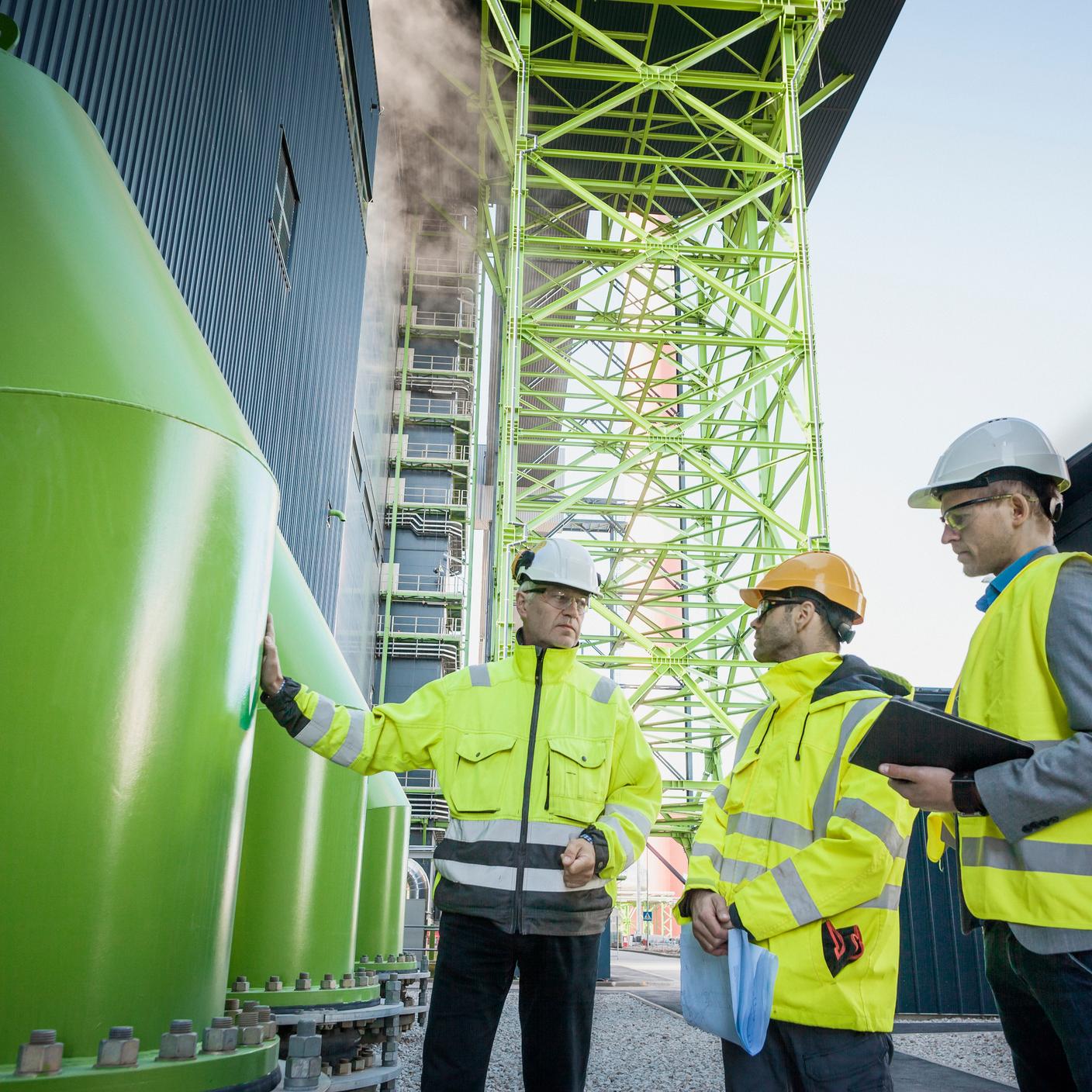Decarbonisation: The basics of greenhouse gas (GHG) accounting
As organizations are assessing their climate-related impacts, regulators are simultaneously evolving how GHG emissions need to be reported.
These, and many other climate-related business drivers, may be hard to unravel, but there are simple steps you can take to identify and reduce your organization’s emissions.
Why is it important?
The UN Intergovernmental Panel on Climate Change (IPCC) say that to avoid the most significant harm from the climate emergency, humanity must prevent average temperature increases beyond 1.5 degrees Celsius. A temperature rise above this critical tipping point, climate impacts and environmental disasters are forecast to become significantly more severe and frequent, and our ability to reverse course on climate change will become significantly more difficult.
To avoid this, GHG emissions need to reduce by 45% by 2030 and reach net zero by 2050.
First steps
The Internal Standardisation Organization (ISO) Net Zero Guidelines offers essential guidance that covers all stages of net zero action including preparing your organization’s governance to measuring your emissions, reporting and wider impact.
These guidelines serve as a blueprint for organizations to establish a comprehensive inventory of GHG emissions stemming from their operational activities. Their applicability extends across diverse sectors and geographical regions, aiming to facilitate uniform and transparent communication of an organization's GHG emissions footprint aligned with the accounting and reporting outline in the GHG protocol standards.
The GHG protocol includes methods for identifying sources of emissions, such as industrial activity, electricity use, and transportation, and determining how emissions are calculated.
It also clearly outlines the collection of data, converting energy and emissions to carbon dioxide equivalent (CO₂e, a measure which allows comparisons between the emissions from various greenhouse gases), and how to report the data.
ISO 14064-1:2018 Greenhouse Gases Standard provides a specification with guidance at the organizational level for quantification and reporting of greenhouse gas emissions and removals. The Greenhouse Gas Protocol Corporate Standard provides requirements and guidance for companies and other organizations preparing a corporate-level GHG emissions inventory.
Identifying emissions
Simply put, greenhouse gases are a form of pollution that have had a significant impact on our environment and climate. They are emitted as a result of a wide range of activities, which for organizations can happen throughout the value chain.
Reporting of GHGs can be complex, so the GHG Protocol has broken different emissions sources down into three distinct categories called ‘scopes’:
Scope 1 are direct GHG emissions from sources controlled or owned by an organization. In many cases, this is what we burn directly to produce energy or power our activity – think of the natural gas used for heating or the fuel that keeps vehicles on the road. Scope 1 emissions also include refrigerants, such as those used in cooling and HVAC systems.
Scope 2 represent indirect GHG emissions usually associated with the purchase of electricity. These emissions are produced at the sites that produce the energy, not the sites that are owned or controlled by the organization.
Scope 3 are divided into 15 categories and are the indirect GHGs from all the other sources throughout an organization’s value chain typically not owned or controlled by the reporting organization. For more information, see this blog on Scope 3 emissions.
Reducing your climate impact
Once you understand your organization's emissions, there are ways to start reducing your impact on the climate. For example, you can make processes more efficient, maintain equipment properly, manage refrigerants responsibly, and switch to electric-powered equipment to cut Scope 1 emissions. For Scope 2 emissions, using clean energy or investing in clean energy infrastructure can help lower your impact. This Connect Summit discussion on reducing Scope 3 impacts provides a good overview of options.
For companies looking to reduce their impact, the ISO Net Zero Guidelines offer essential guidance that cover all stages of net zero action including preparing your organization’s governance to measuring your emissions, reporting, and addressing wider impacts.
Expertise in sustainability
There are two key standards for greenhouse gas reporting: the GHG Protocol Corporate Standard, developed by the World Resources Institute and World Business Council for Sustainable Development, and ISO 14064-1:2018.
Through collaborations with us, you’ll access expertise in the sustainability sector, enabling your organization to cost-effectively meet its responsibility to account for and reduce emissions. We can support you every step of the way, from GHG accounting, reporting and emissions reduction.





